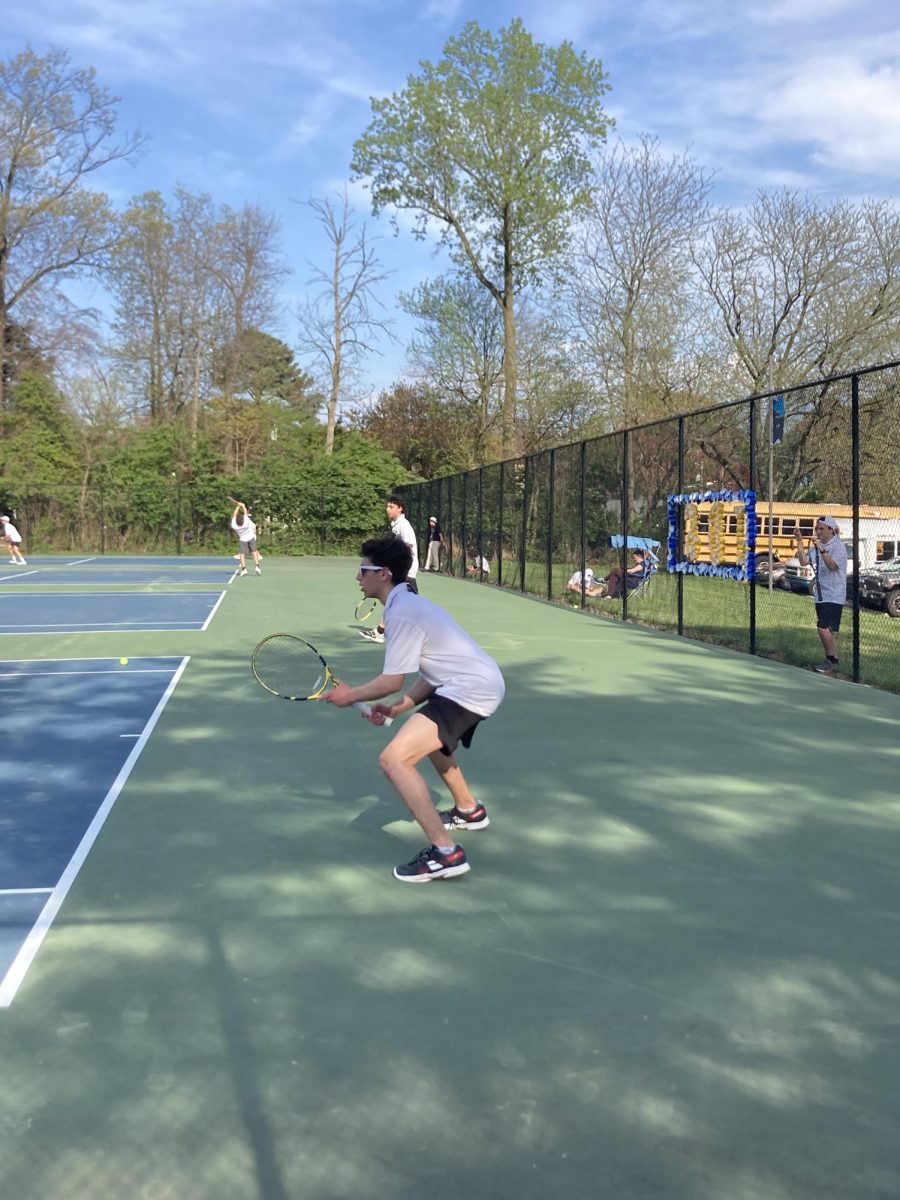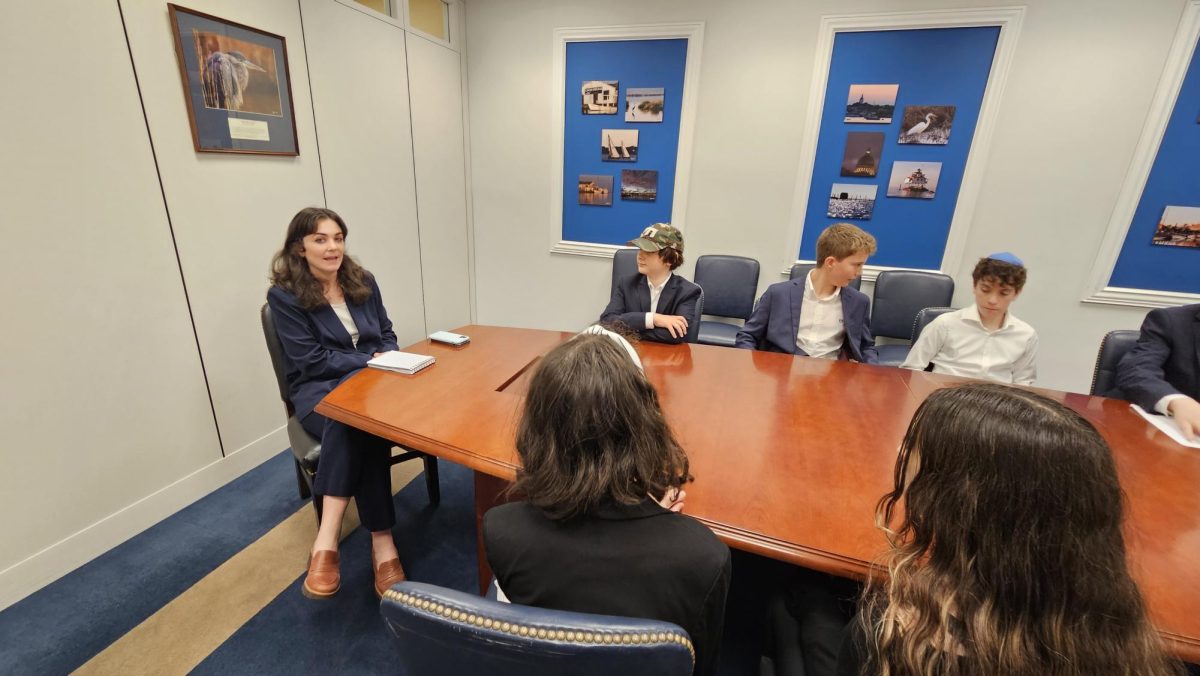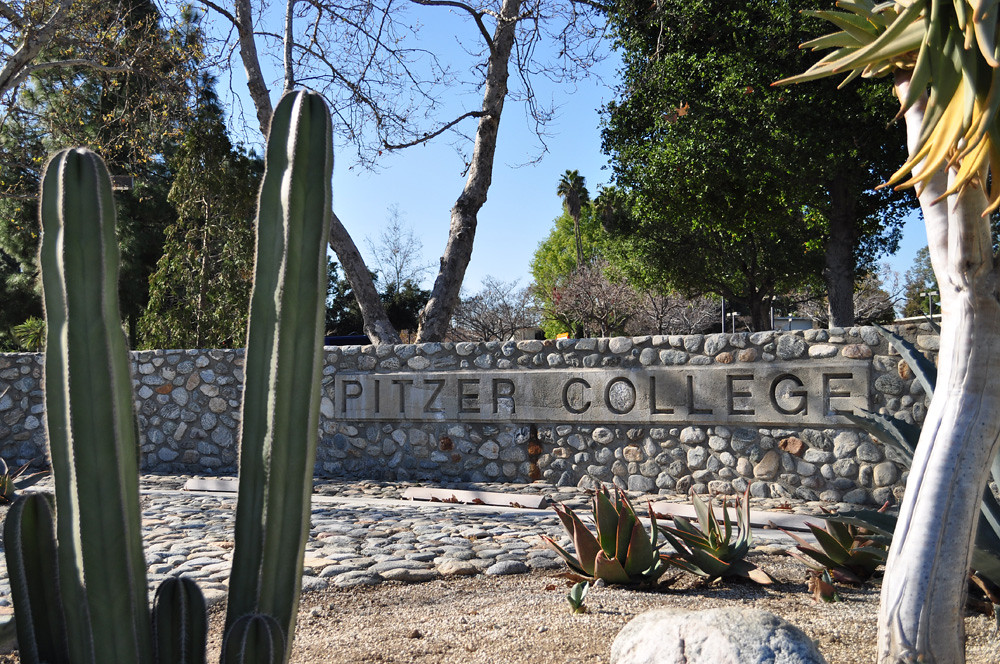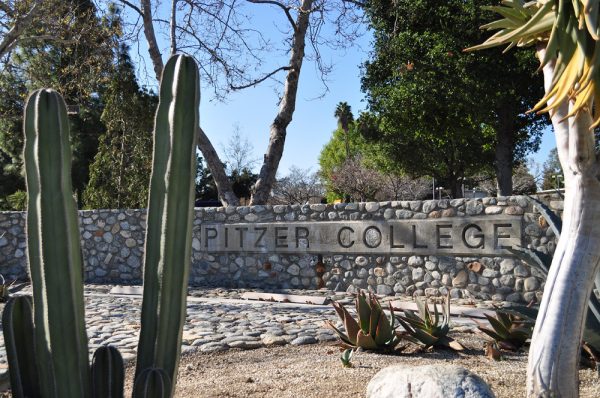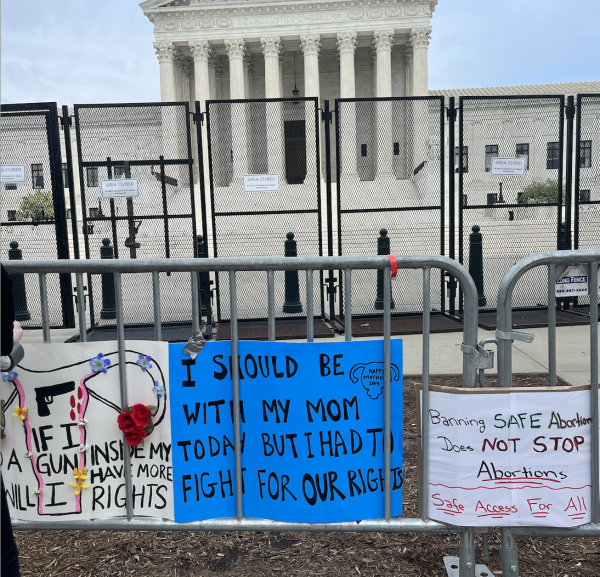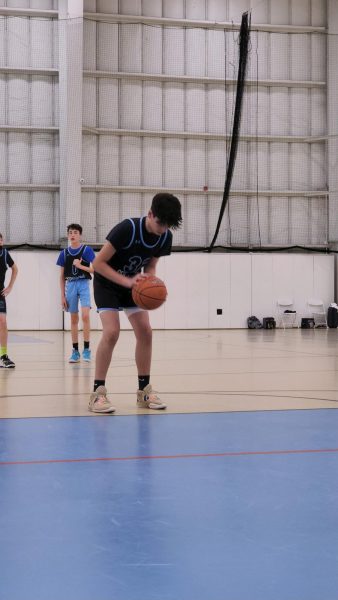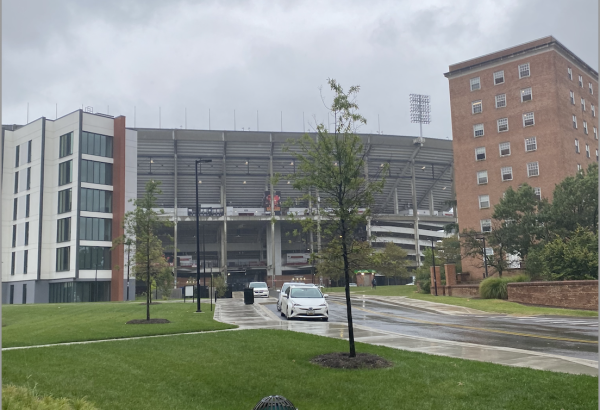The problem with Maryland’s new drunk driving law

June 1, 2016
It is no secret that many people drive after consuming alcohol, but the new Alex and Calvin’s law does not help solve this major problem. Especially given the grave circumstances in which it was inspired, it fails to address a main cause of teen drunk driving: the adults who supply the alcohol.
Drunk driving is an especially prevalent problem among high-schoolers. According to the U.S. Department of Transportation, 1,052 teenagers between the ages of 16 and 19 died due to drunk driving in 2014.
Teenagers often make the decision to be passengers in a car driven by someone who is intoxicated. This was the case with Alex Murk and Calvin Li, two seniors at Thomas Wootton High School in Rockville who were killed in a car crash on June 25, 2015 after leaving a party.
In this case, as in many others, teenagers were not the only responsible parties for the crash: the adult who provided the party’s alcohol was as well. We expect the adults, more than the teens themselves, to be the responsible ones and make decisions that will uphold the safety of not only the teens, but also those who the drunk drivers could potentially harm.
This was not the case with the Wootton crash. Police determined that Kenneth Saltzman, the 49-year-old father of the party host, let the underage teenagers drink at the house and did not prevent the attendees from driving despite that fact. He received the maximum penalty for the offense, which normally would be a positive thing except for the fact that the penalty for allowing underage teens to drink and then drive, resulting in the deaths of two and the devastation of countless others, was a $5,000 fine ($2,500 for each count).
This was essentially nothing more than a slap on the wrist for a wealthy Potomac lawyer, especially considering the consequences of his actions.
Luckily, I was not the only one to see how ludicrously lenient the punishment was. The families of both Murk and Li called on lawmakers to toughen punishments for parents who knowingly allow for alcohol to be served at parties.
Subsequently, Montgomery County Delegate David Fraser-Hidalgo proposed a law which raised the fine to $5,000 for the first offense and potentially up to a year in jail for adults who provide alcohol for underage individuals or knowingly let them drink. A second offence would carry a fine of up to $7,500 and up to two years in prison.
The promising law, which was called Alex and Calvin’s law, was not only a major improvement over the law currently in place, but would also be a huge improvement in terms of decreasing drunk driving and the number of teen deaths.
It was not even a groundbreaking proposal as 26 states already have prison terms for adults who host underage drinkers. According to Maryland lawmakers, states with strong laws against hosting underage drinking have seen significant drops in drunk driving deaths among teens.
Unfortunately, the version that passed in the State Senate was not the bill that was originally proposed. There were two major changes the State Senate made to the bill prior to being passed.
The first change stipulates that the adult can only be charged if they “knowingly” allow an underage individual to drive after drinking. The second change was the lowering of the fine from the proposed $5,000 to the original $2,500.
In my eyes, this bill was severely weakened by the changes that were made. I did not, and still do not, understand how this law is supposed to be properly enforced.
It will be extremely difficult to prove that the adult “knowingly” let the individual drive despite being intoxicated. This word offers so many loopholes and seemingly makes prosecuting individuals for their role in the crime almost impossible. The bill offers no explanation of the word or how to prove that and adult “knowingly” allowed drunk teens to drive.
It is this part of the bill that I cannot wrap my head around due to its vagueness which may or may not be intentional. There will not always be two teens who come forward and say the parent joked with them about alcohol. This thankfully happened to be the case with Saltzman, but expecting this on a consistent basis is unrealistic.
A tougher law, like the initial Alex and Calvin’s law, would curtail the epidemic of drunk driving. The facts show that strict underage drinking laws, like Alex and Calvin’s law, lower drunk-driving deaths and injuries among teens.
Due to the power and ability they have, lawmakers need to take this issue more seriously. No significant change to the current, lenient laws means no change in the status quo of over 245,000 teens that are injured or die each year in drunk-driving crashes. This staggering number will only continue to increase if the status quo does not change. The weakening of the law sends a discouraging message not only to me, but to the families of Murk, Li and other victims of drunk driving.
We need a change and this is not it. A step in the right direction indicates a positive change, and the debilitated Alex and Calvin’s law shows just the opposite.
The weakening of the bill by the lawmakers shows me that we need to further educate those in our community about the dangers of drunk driving and the importance of having stricter laws. Even though it may take another tragic accident to create a significant change, we need to work hard to take responsibility for ourselves and others to make sure this does not happen.



